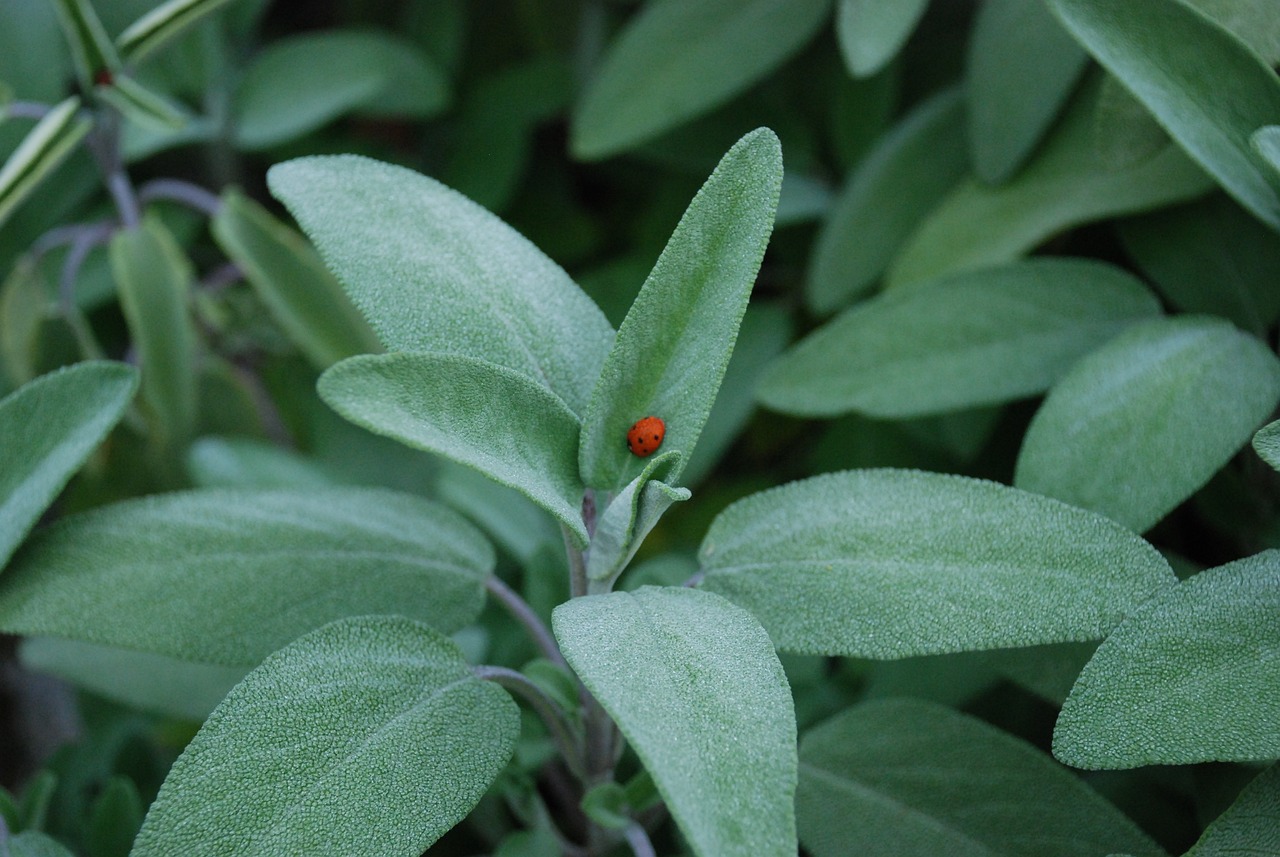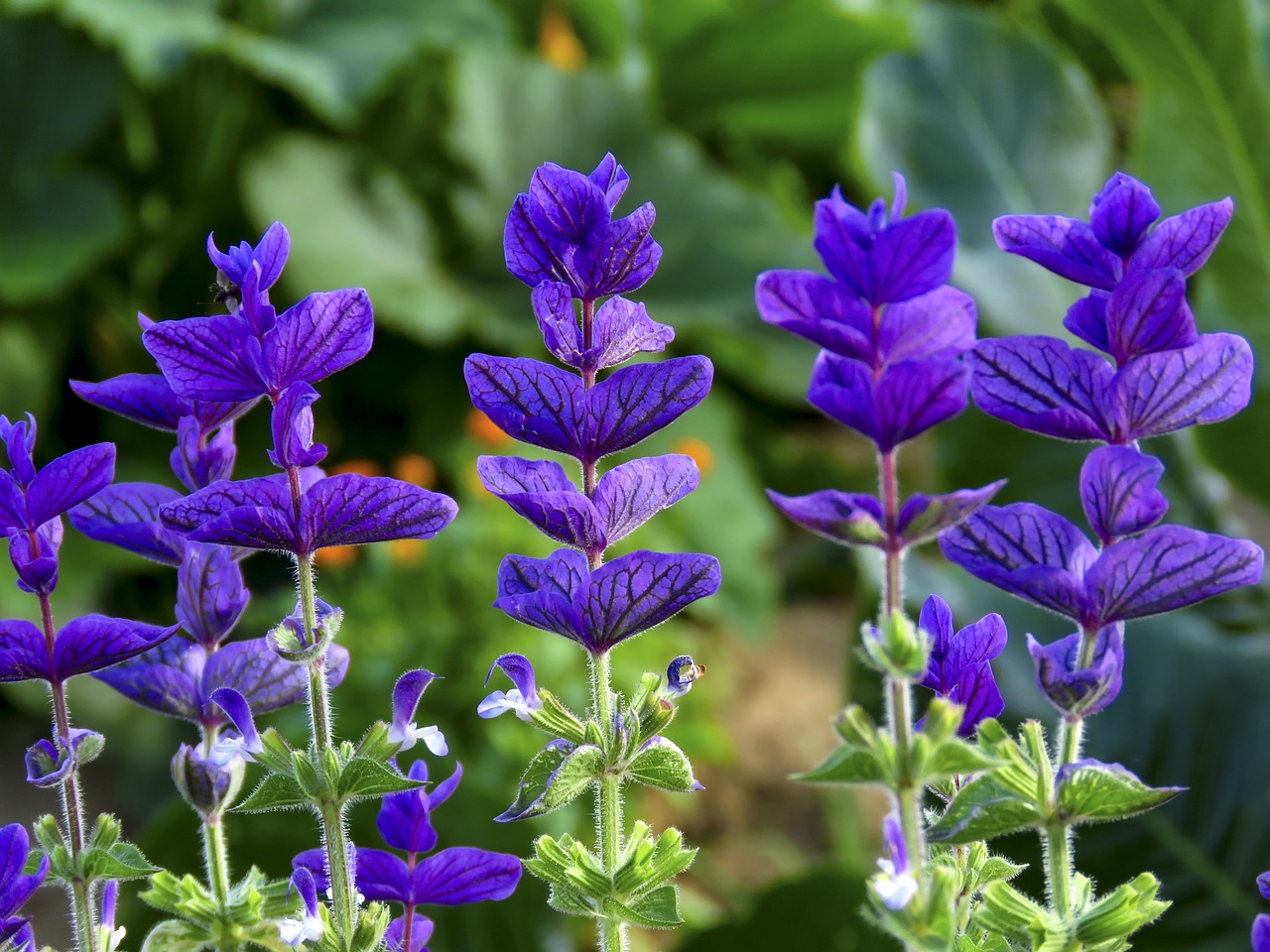“`html
Understanding Salvia: Characteristics, Cultivation, and More
Salvia, a diverse and vibrant genus within the Lamiaceae family, is renowned for its striking flowers and numerous species. This post delves into the fundamental aspects of Salvia, its unique characteristics, and how you can grow these beautiful plants in your garden.
What is Salvia?
Salvia, commonly known as sage, boasts over 900 species, making it one of the most diverse genera. These plants are appreciated not only for their ornamental value but also for their culinary and medicinal uses.
Natural Habitat
Salvia species are found in a variety of habitats, from Mediterranean climates to tropical regions. Most species thrive in sunny, well-drained locations, which mimic their native environments. They are highly adaptable, making them suitable for gardens worldwide.
Characteristics
Salvia plants are known for their square stems and aromatic foliage. The flowers are often tubular and come in a variety of colors, from vivid reds and blues to softer pinks and whites. These characteristics not only make them attractive to humans but also to pollinators like bees and hummingbirds.
Symbolism and Flower Language
In the language of flowers, Salvia symbolizes wisdom, longevity, and good health. The plant’s rich history in herbal medicine and culinary arts contributes to its symbolic meanings.
How to Grow Salvia
Growing Salvia can be a rewarding experience, especially for those looking to add color and life to their gardens. Here are some essential tips to ensure your Salvia plants thrive.

Choosing the Right Location
Salvia prefers full sun with at least 6-8 hours of sunlight per day. Ensuring adequate sunlight will promote robust growth and vibrant flowering.
Soil and Watering Needs
Well-drained soil is crucial for Salvia. Amend heavy soils with organic matter to improve drainage. Watering should be moderate; allow the top inch of soil to dry out between waterings. Overwatering can lead to root rot, so be cautious.
Pruning and Maintenance
Regular pruning helps maintain the shape of the plant and encourages more blooms. Deadheading spent flowers will stimulate the plant to produce more flowers. Additionally, cutting back in late fall can prepare the plant for winter dormancy.
Pest and Disease Control
Salvia is relatively pest-resistant but can occasionally be affected by aphids or spider mites. Regular checks and the application of insecticidal soap can manage these pests. Ensure good air circulation around the plants to prevent fungal diseases.
Propagation Techniques
Salvia can be propagated through seeds, cuttings, or division. Each method has its benefits, with cuttings being a popular choice for maintaining specific plant characteristics.

Additional Tips for Salvia Enthusiasts
Incorporating Salvia into your garden can offer more than just aesthetic appeal. Here are additional insights for gardeners and plant lovers.
Companion Planting
Salvia pairs well with other sun-loving plants such as lavender and coneflowers. This combination not only enhances visual appeal but also promotes a healthy garden ecosystem by attracting beneficial insects.
Using Salvia in Landscaping
Salvia’s versatility makes it suitable for various landscaping uses, from borders and beds to containers. Its vibrant colors and long blooming period can significantly enhance garden aesthetics.
Culinary and Medicinal Uses
Beyond its ornamental value, some Salvia species like Salvia officinalis (commonly known as culinary sage) are used in cooking and herbal medicine. Its leaves can add flavor to dishes and are believed to offer health benefits.
Conclusion
Salvia is a remarkable plant that offers beauty, versatility, and utility. Whether you are a seasoned gardener or a novice, incorporating Salvia into your garden can provide endless enjoyment and satisfaction. By understanding its needs and characteristics, you can ensure a thriving and vibrant display.
For more gardening tips and plant information, visit our Gardening Tips Page.
Learn more about the diverse species of Salvia from the Wikipedia entry on Salvia.
“`
